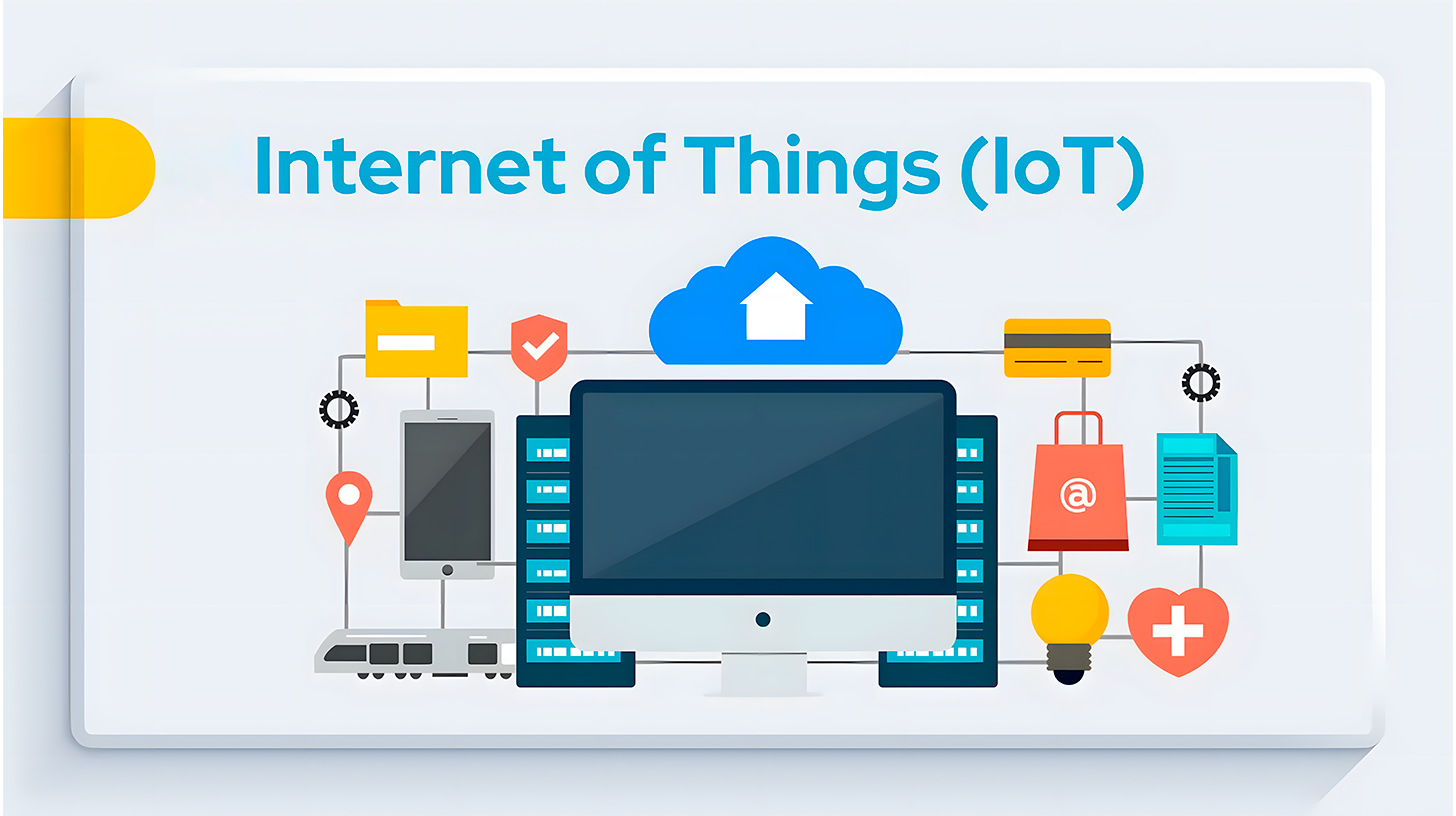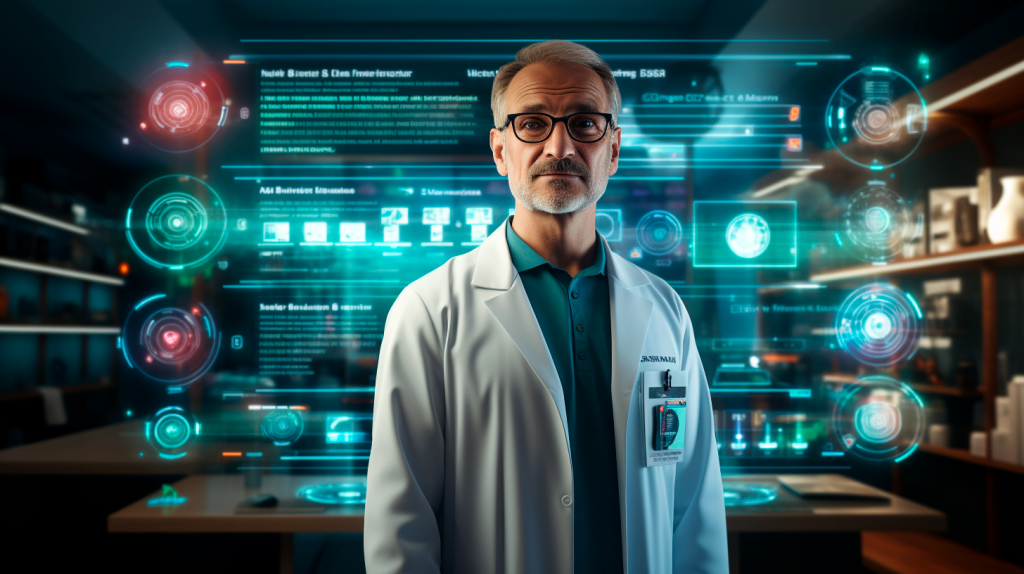The healthcare industry is transforming digitally, and telemedicine is at the forefront. With the help of innovative information technology (IT), telemedicine apps are making healthcare more accessible, efficient, and cost-effective. This article explores the latest telemedicine app development solutions.
Artificial Intelligence (AI) and Machine Learning (ML)
AI and ML have been game-changers in telemedicine app development. They’re being used to develop advanced algorithms to analyze patient data and predict health risks. For instance, AI can analyze medical images to detect anomalies, while ML algorithms can predict a patient’s risk of chronic diseases based on their health records.
Moreover, AI-powered chatbots are being integrated into telemedicine apps to provide instant responses to patient queries, schedule appointments, and even provide basic healthcare advice. These intelligent bots not only improve efficiency but also enhance patient engagement.
Blockchain Technology
Blockchain technology is entering telemedicine, offering solutions for data security, privacy, and interoperability issues. With blockchain, patient records can be stored in a decentralized, immutable ledger, enhancing data security. It also enables secure sharing of patient data among authorized healthcare providers, improving care coordination.
In addition, smart contracts on blockchain can automate insurance claims processing, reducing administrative costs and improving efficiency.

Internet of Things (IoT)
IoT devices like wearable fitness trackers, remote monitoring devices, and smart implants are integrated with telemedicine apps. These devices collect real-time health data and transmit it to the app, allowing healthcare providers to monitor patients’ health remotely and make timely interventions.
Augmented Reality (AR) and Virtual Reality (VR)
AR and VR technologies are enhancing the teleconsultation experience. For example, AR can overlay digital information onto the physical world, helping doctors explain complex medical conditions to patients. On the other hand, VR can simulate a real-world clinical environment for medical training or therapy purposes.
Cloud Computing
Cloud computing is the backbone of telemedicine, providing the infrastructure to store and process vast amounts of health data. It enables real-time access to patient records, facilitates seamless collaboration among healthcare providers, and scales easily to accommodate growing data volume.
Big Data Analytics
With the proliferation of health data from various sources, big data analytics is crucial in deriving meaningful insights. It can help identify health trends, predict disease outbreaks, and personalize patient care. Moreover, predictive analytics can help healthcare providers anticipate patient needs and intervene proactively.
5G Technology
The advent of 5G technology promises to enhance the performance of telemedicine apps by providing faster data speeds and lower latency. This could enable real-time remote patient monitoring, high-quality video consultations, and even surgeries.
In conclusion, IT innovations are revolutionizing telemedicine app development, making healthcare more accessible, personalized, and efficient. As technology develops, we can expect to see even more exciting innovations in this space.




